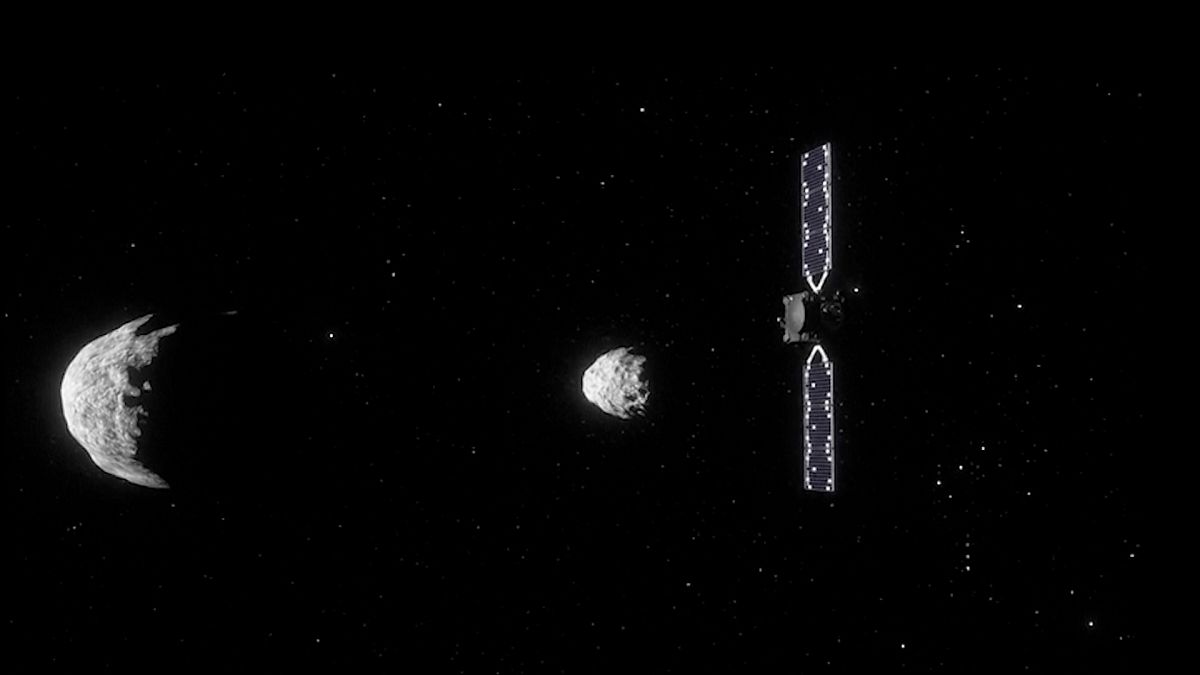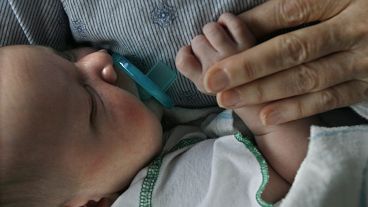A new ESA mission is heading back to the asteroid nudged off course when it crashed a spacecraft onto its surface last year.
In September 2022, NASA crashed a spacecraft into a harmless asteroid millions of kilometres away as part of a mission to explore a planetary defence plan if the path of one ever threatens planet Earth.
That mission proved successful. The impact of NASA’s DART spacecraft succeeded in altering the 160-metre Dimorphus asteroid’s orbit around a much bigger space rock named Didymos.
Prior to the crash, the moonlet took 11 hours and 55 minutes to circle its parent asteroid but in October last year, NASA Administrator, Bill Nelson, confirmed the impact shortened the asteroid’s orbit by 32 minutes.
Now, the European Space Agency (ESA) is undergoing preparations for a follow-up mission that will return to the asteroid to conduct surveys of the impact.
The HERA mission, named for the Greek goddess of marriage is slated for an October 2024 launch.
"The HERA mission for the first time will bring a radar, which will allow us to get the internal structure of the asteroid and will bring a suite of instruments like a thermal camera, a multispectral camera, to understand the properties of the asteroid," Ian Carnelli, the project coordinator for HERA, explained.
"What HERA will do is to complement the NASA mission by gathering all the information the scientists need to validate numerical impact codes, which means to be able to design a mission in the future, should an asteroid come toward us," he added.
The HERA spacecraft will travel to Dimorphos with two small, drone-like CubeSats that will be deployed around - and eventually land on - Didymos and Dimorphos.
"They will have a ground-penetrating radar. They will have multispectral imagers, all of these. And going closer, of course, they will take more risks. So, the idea is that we fly cheaper systems closer to the danger zone and keep HERA at a safe distance," Carnelli said.
It's hoped the HERA mission will play a vital role in creating planetary defence techniques, should a future asteroid threaten Earth.
For more on this story, watch the video in the media player above.



